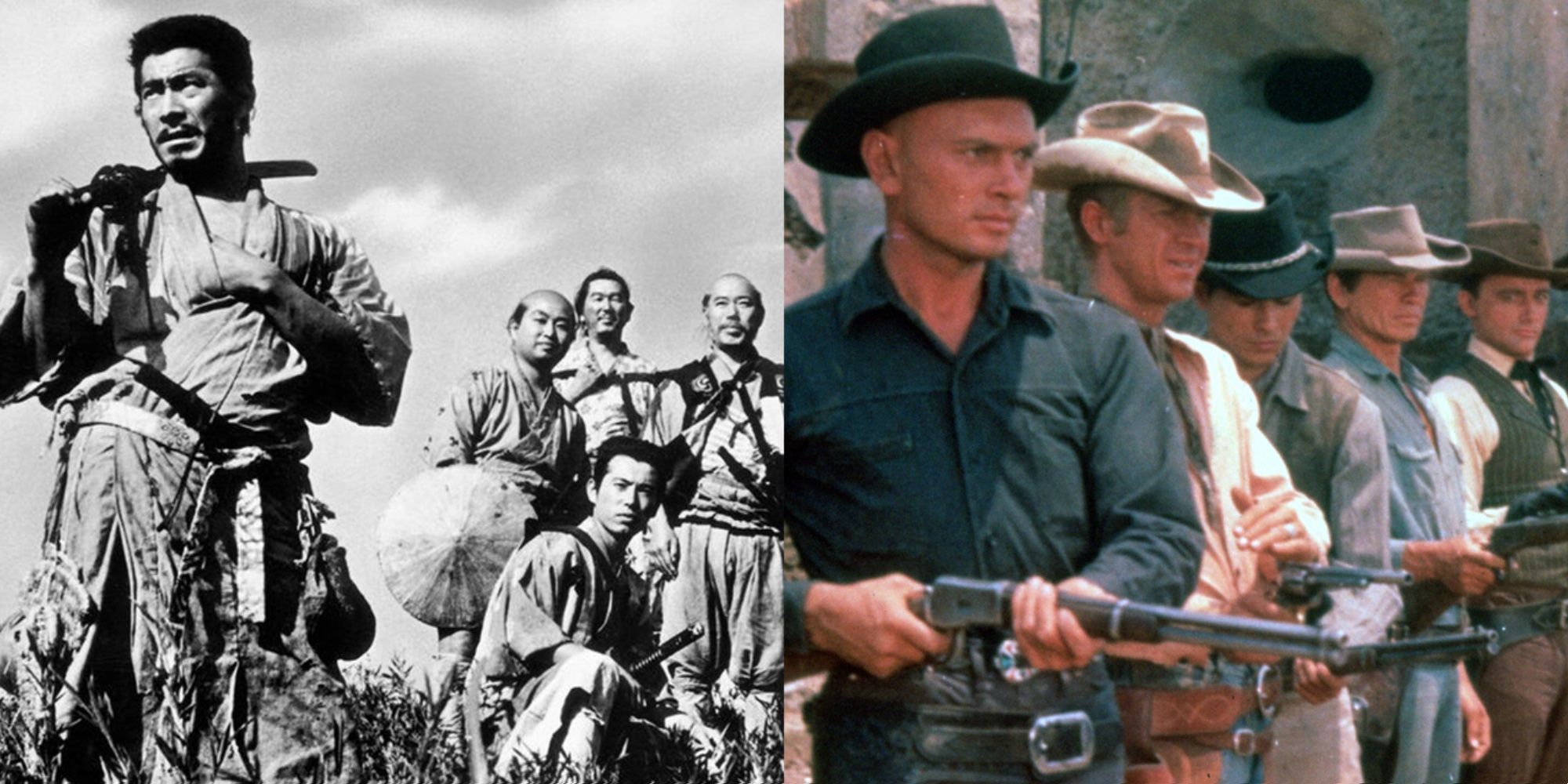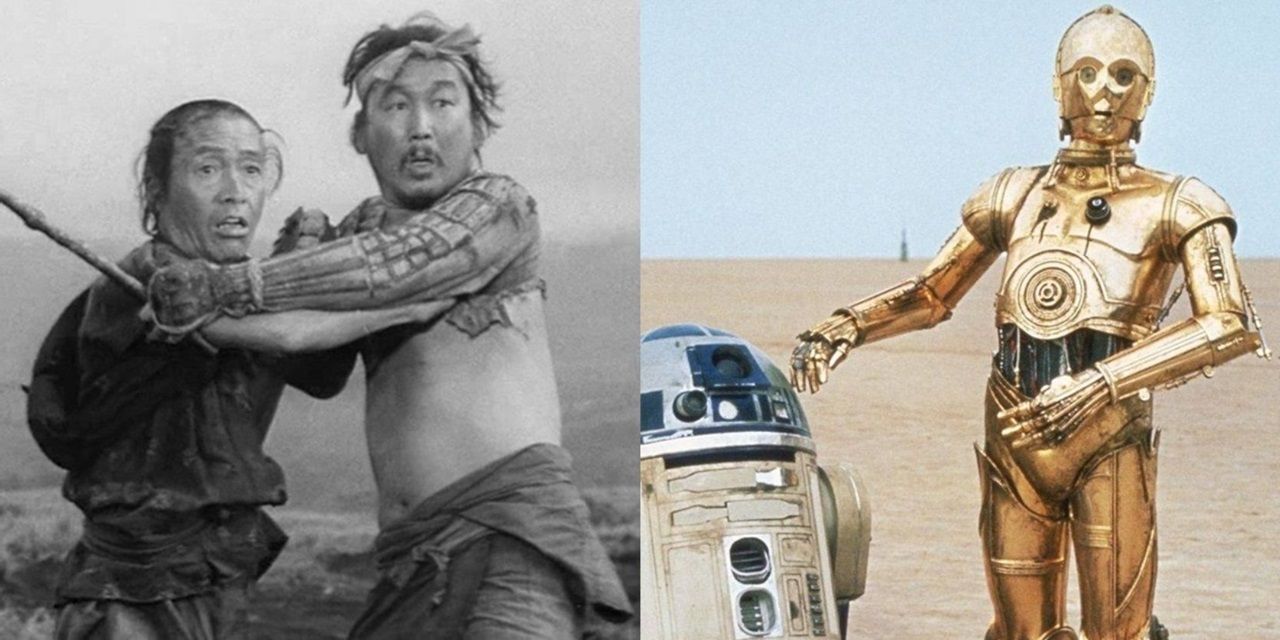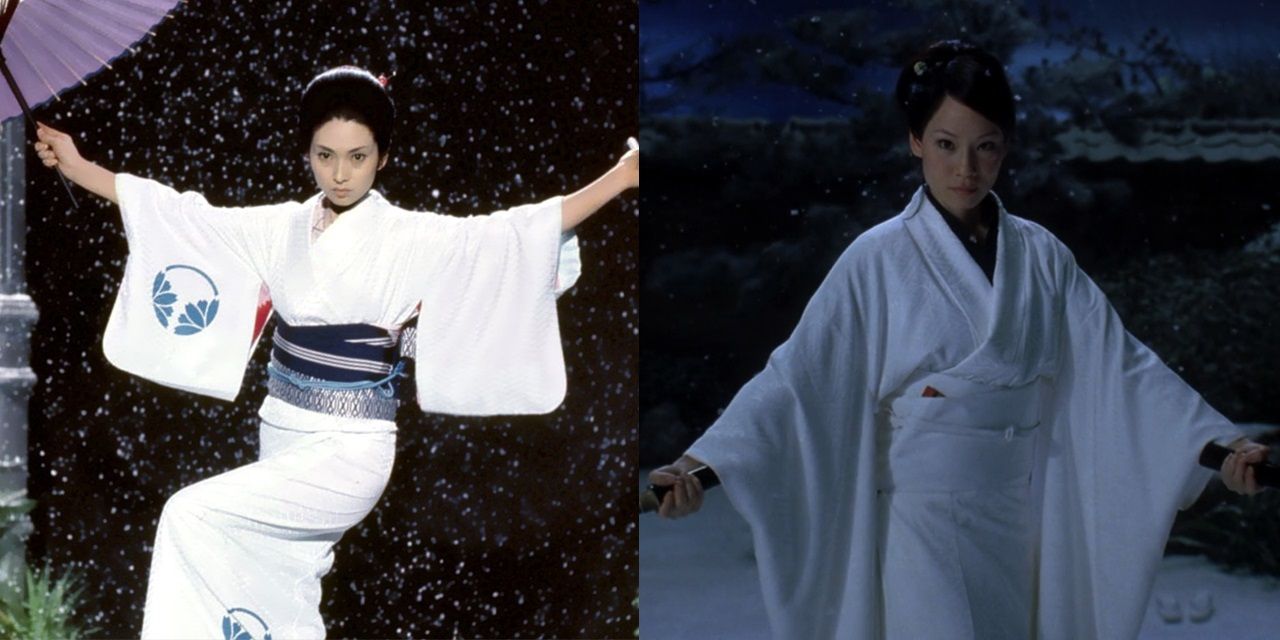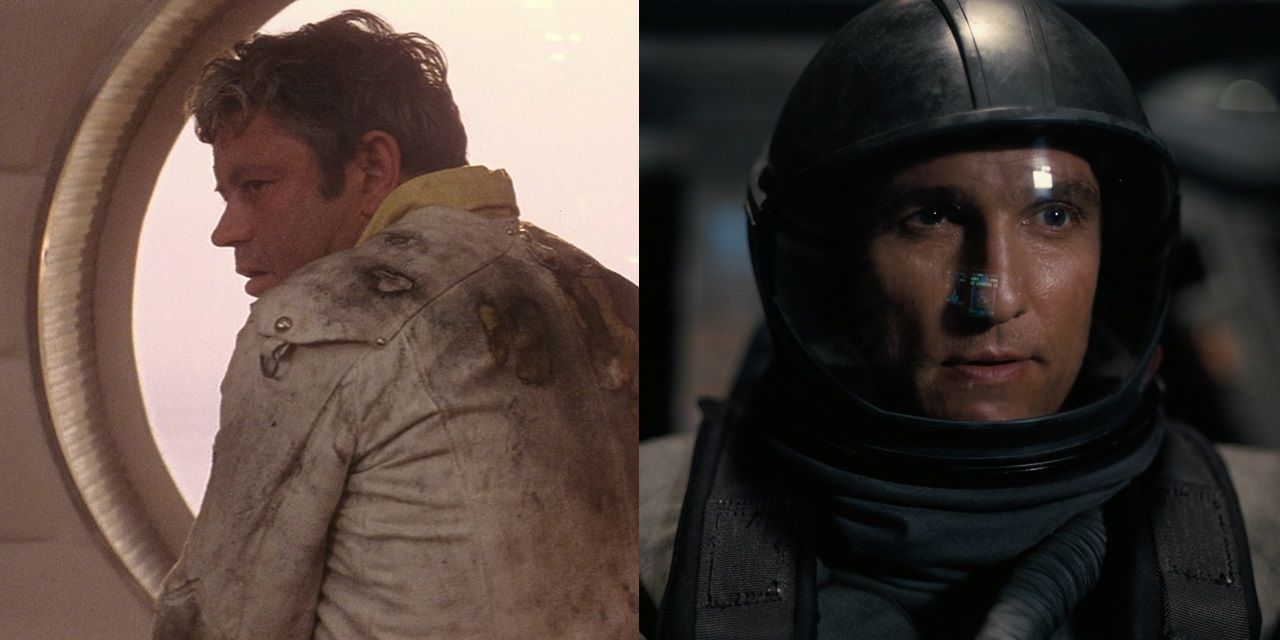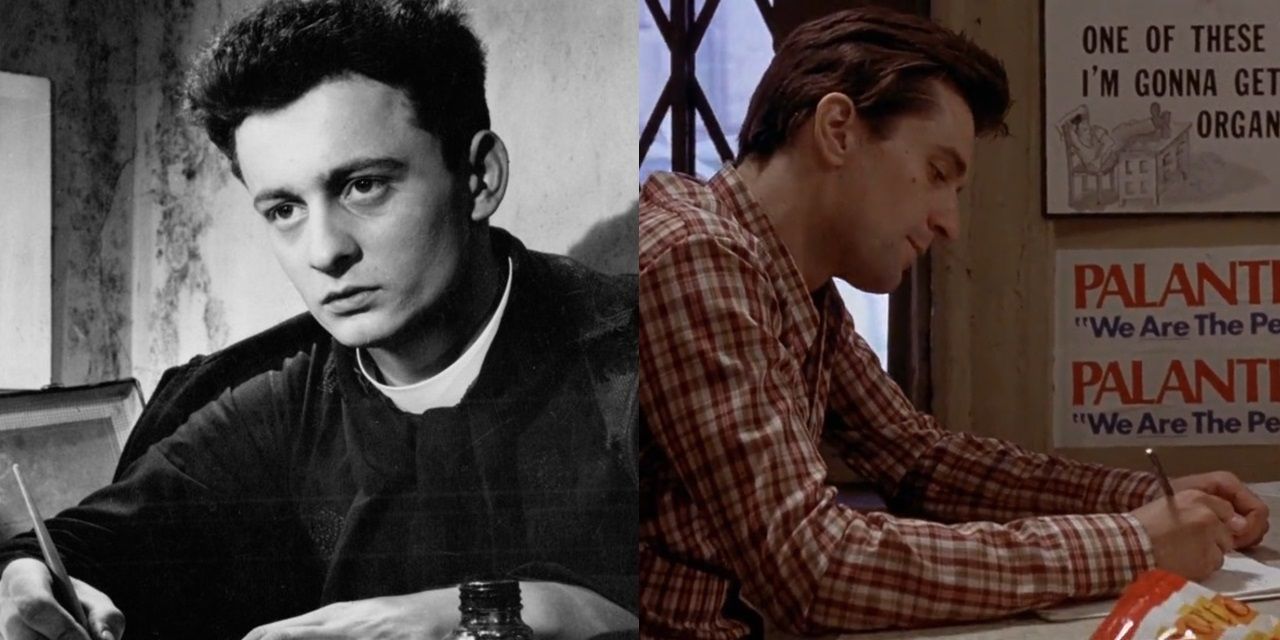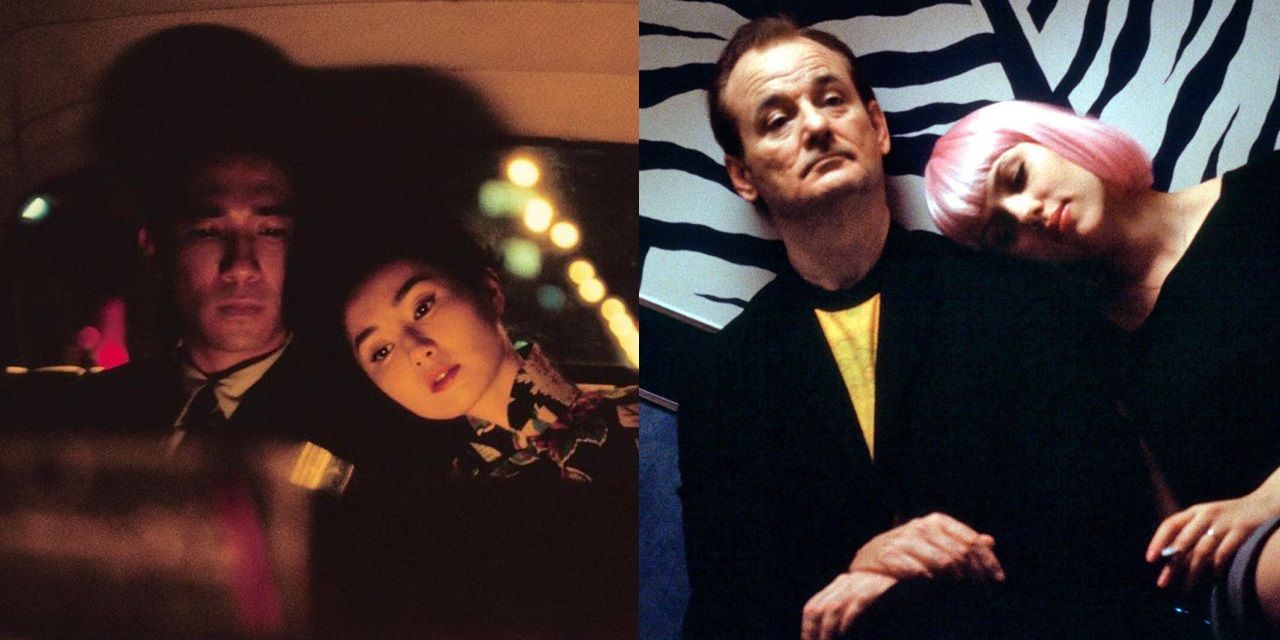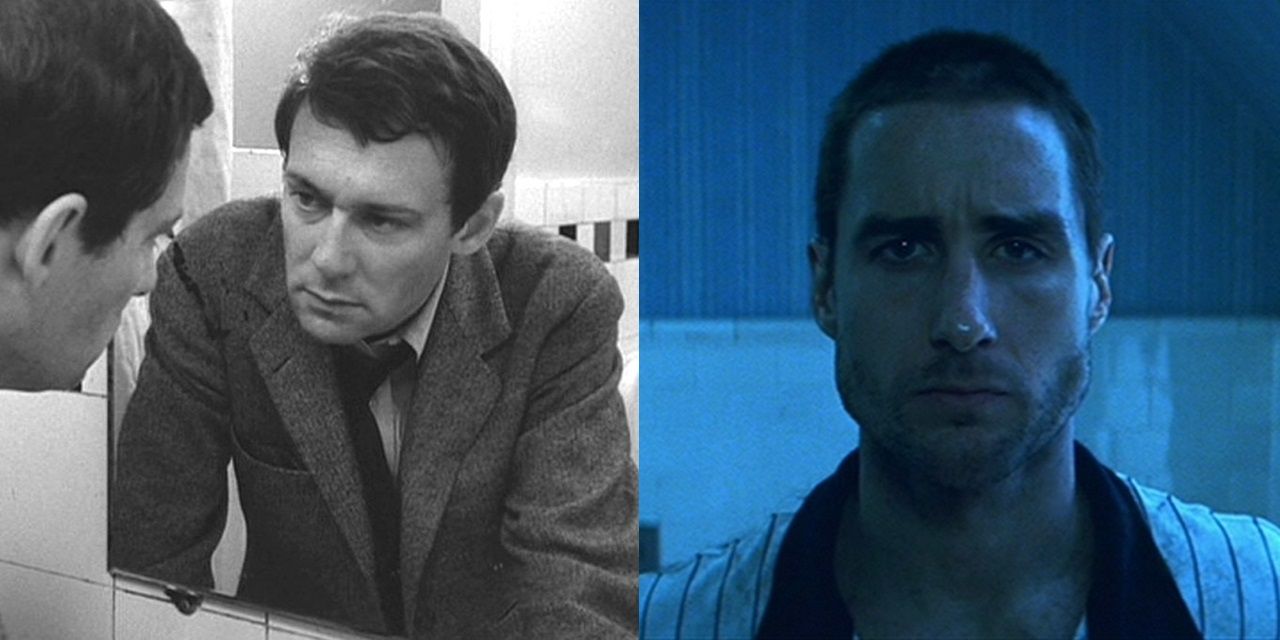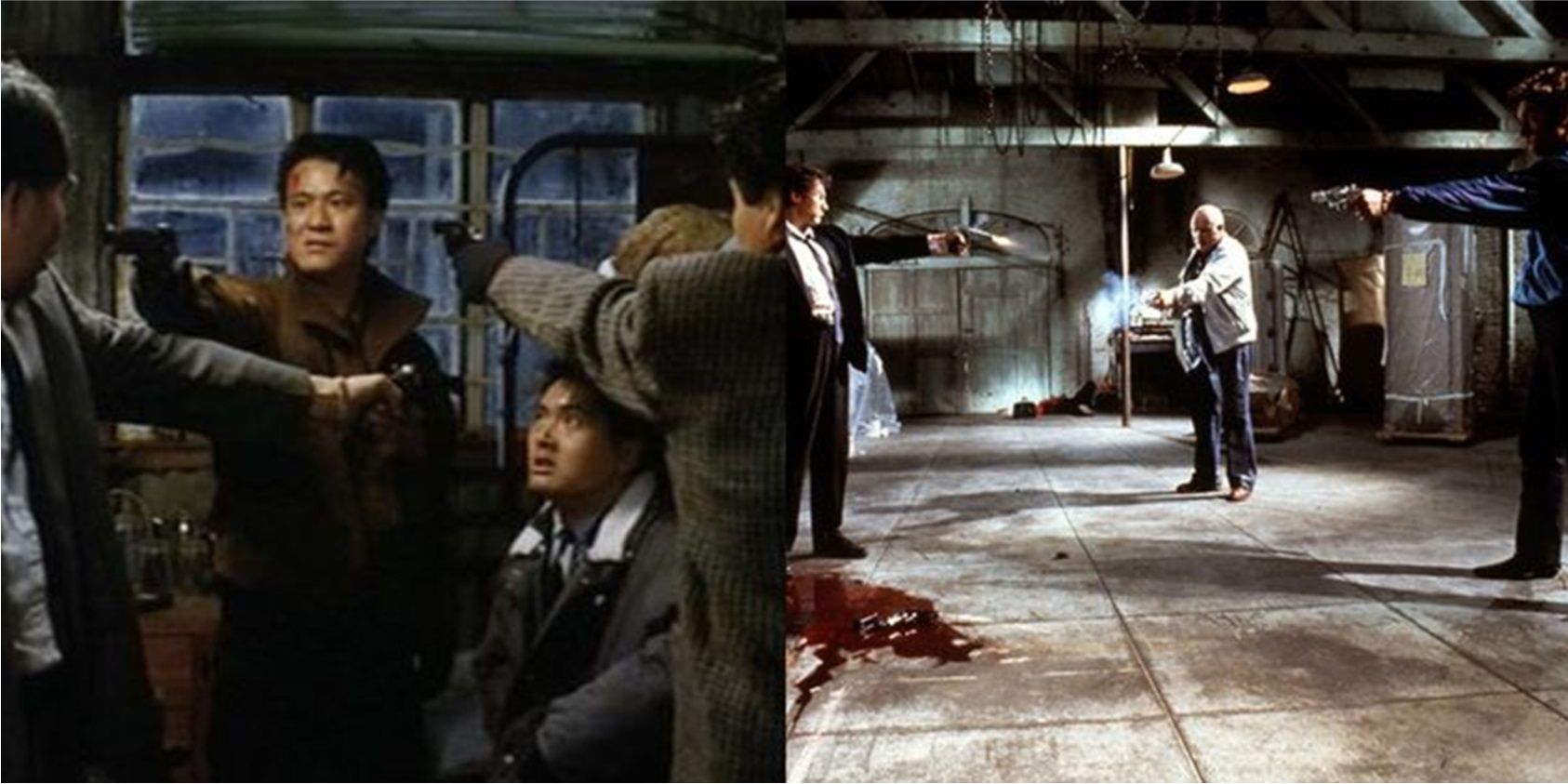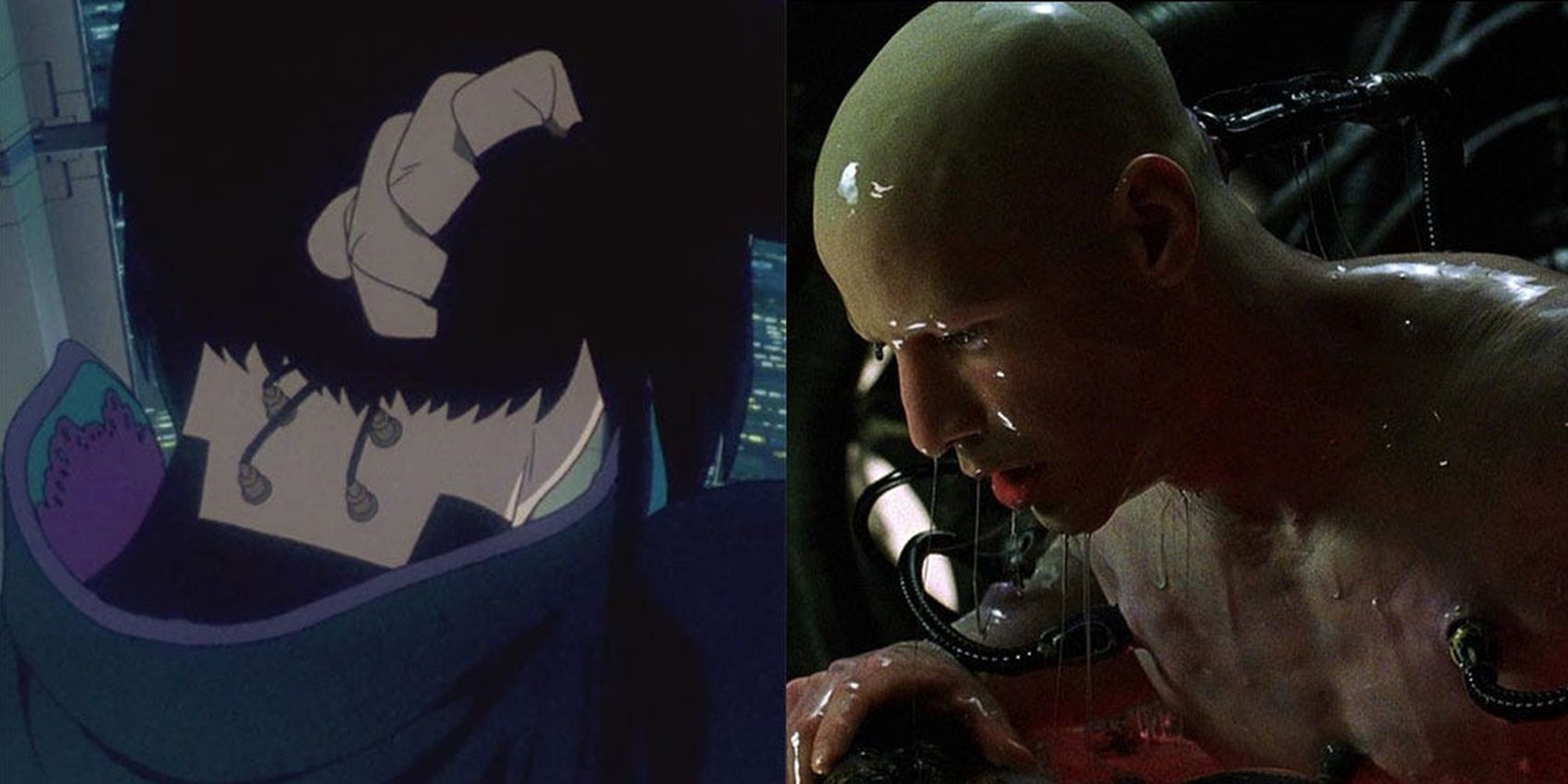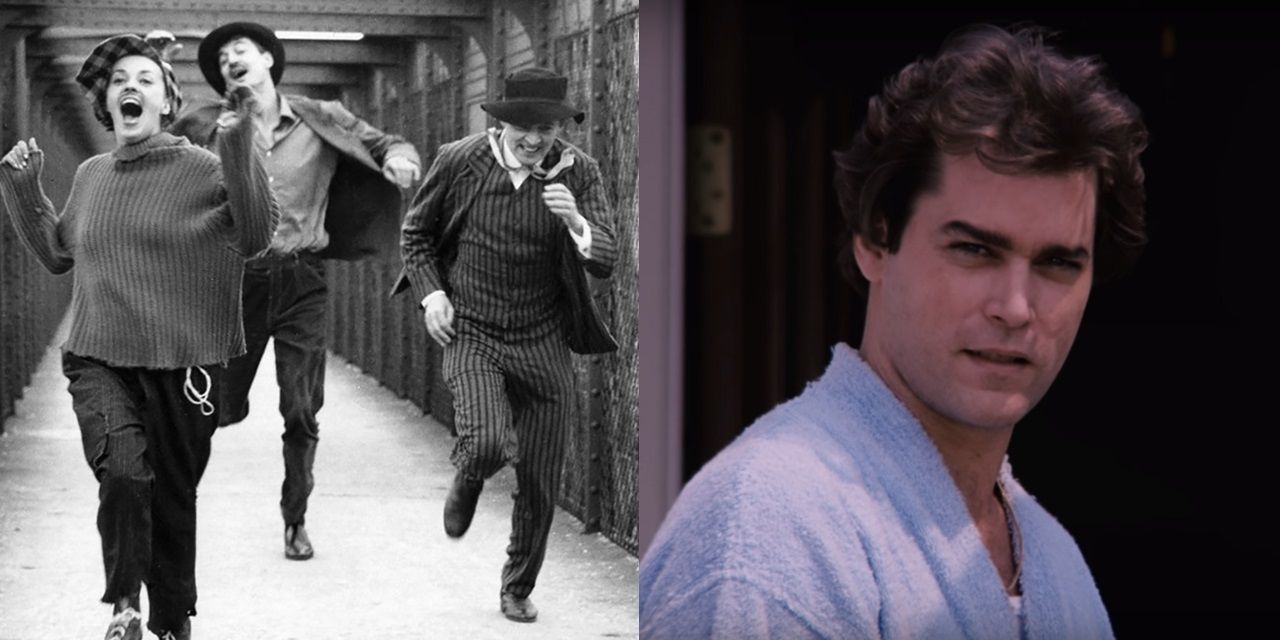The New Hollywood movement, widely considered to be the peak of American cinema, was defined by directors bringing the experimental sensibility of world cinema into the mainstream. George Lucas’ game-changing space opera Star Wars was a loose English-language remake of a Kurosawa classic set in a galaxy far, far away.
It didn’t take long for the stylings of filmmakers like Fellini, Godard, and Bergman to enter the Hollywood consciousness. From Taxi Driver to The Magnificent Seven, a bunch of popular American movies have been heavily inspired by existing masterpieces from around the world.
The Hidden Fortress (1958)
George Lucas’ Star Wars changed the face of Hollywood in 1977. The influence of its mythical storytelling and immersive worldbuilding can still be felt today. Lucas used the familiar narrative framework of Akira Kurosawa’s The Hidden Fortress to introduce audiences to his galaxy far, far away.
Like Star Wars, The Hidden Fortress is told from the perspective of two peasants (Tahei and Matashichi, a parallel with C-3PO and R2-D2). It opens with a battle sequence, follows the struggles of a rebel force led by a princess, and sees a grizzled, aging warrior engaging in a rematch with his old rival.
Lady Snowblood (1973)
Based on the manga series of the same name, Toshiya Fujita’s Lady Snowblood revolves around a young woman’s quest for revenge after her family is attacked.
The revenge story of Lady Snowblood heavily influenced Quentin Tarantino’s two-part martial arts epic Kill Bill. Tarantino directly lifts the visuals from Lady Snowblood in the snowy climactic swordfight of Volume 1.
Solaris (1972)
Christopher Nolan’s Interstellar is primarily an homage to Stanley Kubrick’s seminal sci-fi epic 2001: A Space Odyssey, but Nolan was also heavily influenced by Andrei Tarkovsky’s original Solaris.
The existentialism of Solaris can be seen all over Interstellar. In both movies, a widowed astronaut is sent to a remote planet on a mission of grave importance – and water symbolizes life and the passage of time.
Diary Of A Country Priest (1951)
Robert Bresson’s Diary of a Country Priest centers around a journaling priest whose written thoughts and feelings are expressed in a constant stream of voiceover narration. Martin Scorsese was inspired by Bresson’s movie when he directed Taxi Driver.
When insomniac Vietnam War veteran Travis Bickle begins charting his dark thoughts in a diary, Scorsese utilizes Diary of a Country Priest-style voiceovers delivered by Robert De Niro. One is about a priest and the other is about a sleepless vigilante, but both Diary of a Country Priest and Taxi Driver are captivating insular character studies.
In The Mood For Love (2000)
Wong Kar-wai’s 1960s-set star-crossed romance In the Mood for Love tells the heartfelt story of two married neighbors who fall for each other while their respective spouses engage in an extramarital affair. The movie perfectly captures the themes of loneliness and human connection.
It was a tonal and visual inspiration for Sofia Coppola’s similarly heartfelt dramedy Lost in Translation. Lost in Translation’s iconic opening shot was based on a shot from In the Mood for Love. Coppola even thanked Wong Kar-wai in her Oscar acceptance speech.
The Fire Within (1963)
After Bottle Rocket and Rushmore established Wes Anderson’s quirky comedic style, The Royal Tenenbaums was the movie that solidified his place in the canon of the world’s greatest directors.
Orson Welles’ The Magnificent Ambersons had a big impact on the movie’s dysfunctional family storyline, but Louis Malle’s The Fire Within was a major influence, too, particularly on the subplot involving Richie’s suicide attempt.
City On Fire (1987)
The 1987 Hong Kong crime thriller City on Fire follows an undercover cop who infiltrates a gang of jewel thieves and gets wounded when the heist goes wrong. Back at the hideout, the thieves try to figure out who among them is a traitor.
Sound familiar? Tarantino’s debut movie, Reservoir Dogs, is sometimes accused of being a full-blown rip-off of City on Fire. Like many of Tarantino’s films, it’s an affectionate homage that borders on plagiarism.
Ghost In The Shell (1995)
The Wachowskis’ action-packed sci-fi classic The Matrix is practically a live-action remake of the 1995 anime gem Ghost in the Shell. Both movies have sumptuous neon-drenched cyberpunk visuals.
They’re both stories about an identity crisis in a machine-controlled future in which people have plugs jammed into the back of their necks.
Jules And Jim (1962)
François Truffaut’s romantic drama Jules and Jim is one of the most acclaimed entries in the French New Wave movement. It revolves around a love triangle as two friends fall in love with the same woman.
Scorsese was heavily influenced by Truffaut’s energetic editing in the opening montage when he directed Goodfellas. His intention with Goodfellas was to stretch the energy of Jules and Jim’s opening sequence to feature-length.
Seven Samurai (1954)
Another Kurosawa movie, Seven Samurai revolves around a band of warriors coming together to protect a village full of innocent civilians from an impending attack by bandits.
This story formed the basis for The Magnificent Seven, which translated its story into an Old West setting. The argument could even be made that Seven Samurai created the template for the modern Hollywood action movie.

